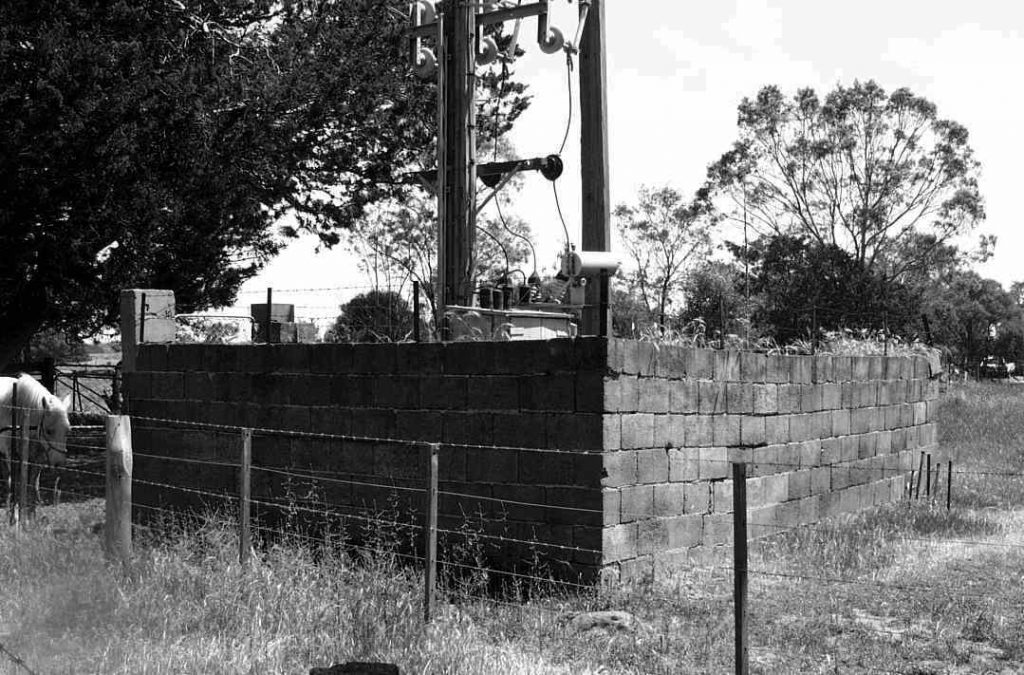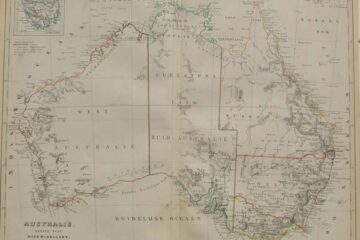Dutch message re upcoming Pearl Harbour attack was ignored.
Identifying Japan as a potential aggressor, in the thirties the Dutch tried to strengthen their intelligence capability. In 1932 the Royal Netherlands Navy set up a radio intercept unit to monitor the activities of the Japanese Navy.
Several weeks prior to the Japanese attack on the US naval base at Pearl Harbor, Hawaii, the Dutch intercepted a message from the Japanese that indicated an attack was imminent.
The message, which was sent on November 19, 1941, was decoded by Dutch intelligence officers in Batavia (now Jakarta), in the Netherlands East Indies (NEI). The message was then sent to the Dutch embassy in Washington, D.C., which passed it on to the US government.
Unfortunately, the message was not taken seriously by the Americans, who believed that Japan would not launch an attack on US soil. As a result, the message was largely ignored, and the attack on Pearl Harbor went ahead as planned.
After the attack, the Americans realised their mistake in not taking the Dutch message more seriously. The incident highlighted the importance of intelligence sharing and cooperation between allies during wartime and helped to improve communication and cooperation between the Dutch and US intelligence agencies in the years that followed.
After the Fall of NEI Dutch Navy set up new communications network
After the Battle in the Java Sea, the Dutch navy evacuated to Ceylon and Australia. In Australia the Dutch set up a new communications radio network.
The Dutch had been able to evacuate a secret wireless intercept station from to a new location near Darwin. The Royal Netherlands Navy established a wireless telegraphy station at Batchelor Airfield in 1942. The station was used to provide communication support for the Dutch forces operating in the NEI.
The station was equipped with a variety of high-powered transmitters and receivers, which were used to communicate with other Dutch forces and Allied units in the region.
In July 1942 a radio link was opened with the Dutch Navy’s radio station at Ceylon. This was also the HQ of Admiral Helfrich who was in charge of all Dutch forces in the Far East, including Australia.
The station was also used by NEFIS, the Netherlands Forces Intelligence Service, during World War II.
NEFIS was responsible for providing intelligence support to Dutch and Allied forces in the region, and the use of the wireless telegraphy station at Batchelor was an important part of this mission. The station’s skilled operators were able to intercept and decode Japanese radio transmissions, providing valuable information about Japanese troop movements and other activities. At its peak Batchelor was in contact with up to twenty Dutch, Australian and American intelligence parties in enemy territory. It was considered to be a key asset in the Allied campaign in the Pacific theatre.
The station also provided weather reports and other intelligence to Allied forces in the region.
In relation to Dutch intelligence the messages were send back the NEFIS HQ in Melbourne and later (1944) to Brisbane.

Later in 1942 a second radio transmitter station was built this time by the PMG Department in Australia at an isolated country location at Craigieburn, near Yuroke, an outer suburb on the northern edge of Melbourne. This station was remotely operated by teleprinter from Dutch offices at South Yarra in Melbourne.
After the war, the Royal Netherlands Navy Wireless Telegraphy Station at Batchelor was decommissioned, and the site was eventually turned over to the Australian government. Today, the site is part of the Batchelor Airfield Heritage Precinct, which is dedicated to preserving the history of the airfield and its role in the Allied war effort in the Pacific theatre.

See also:


